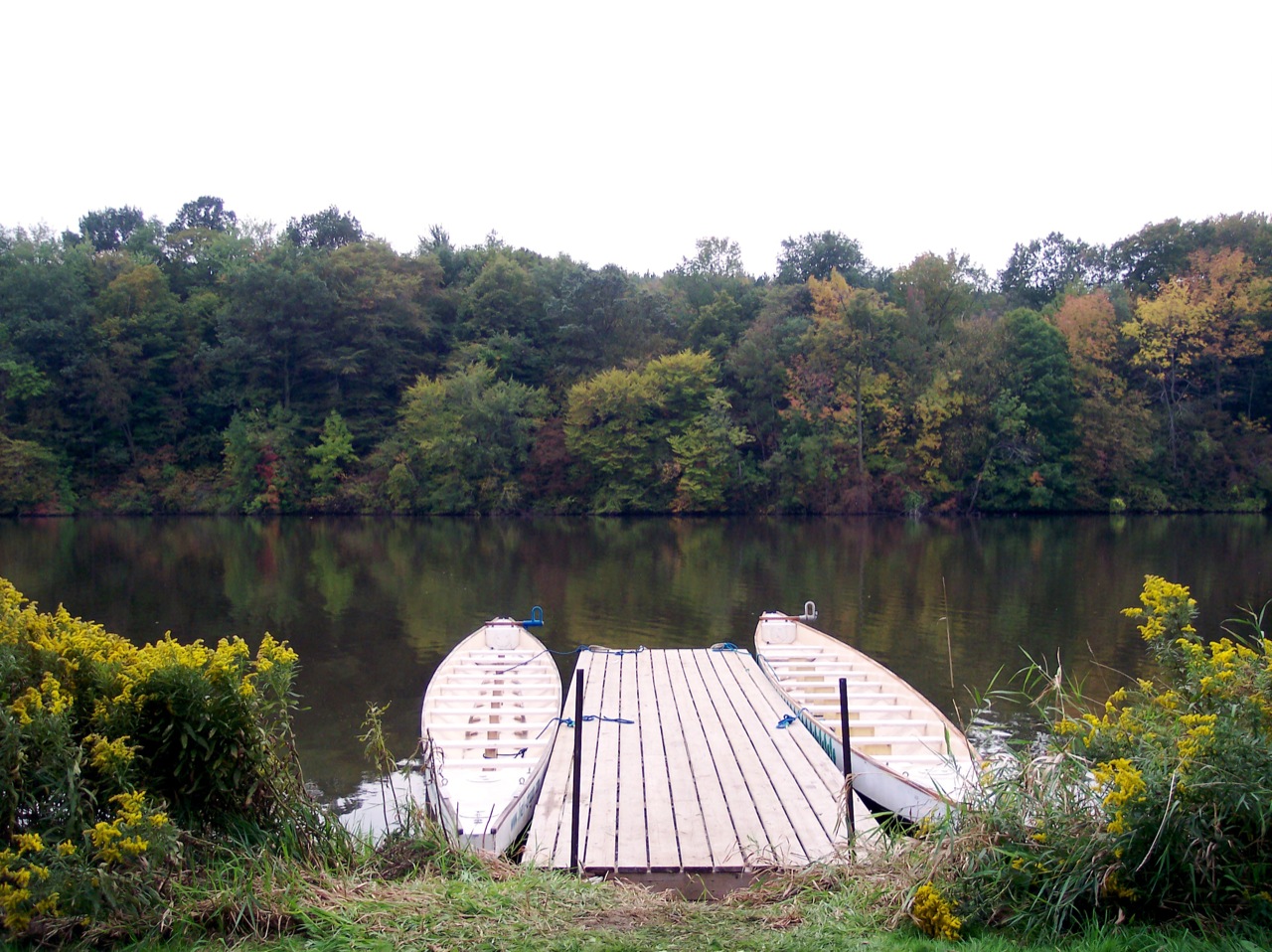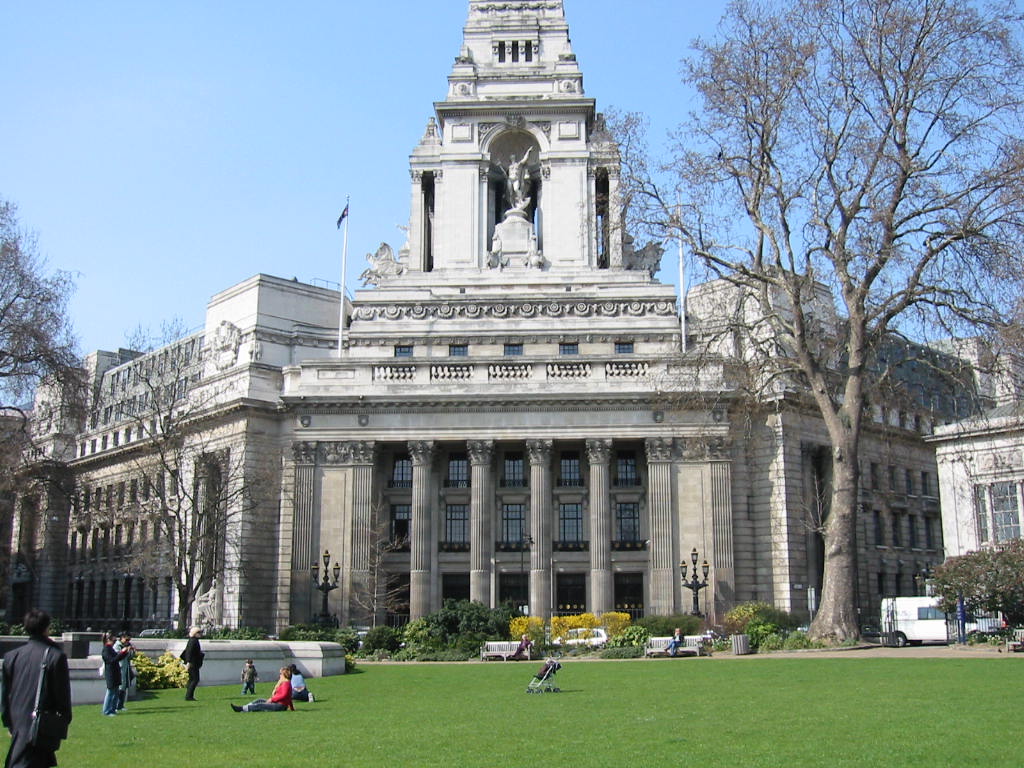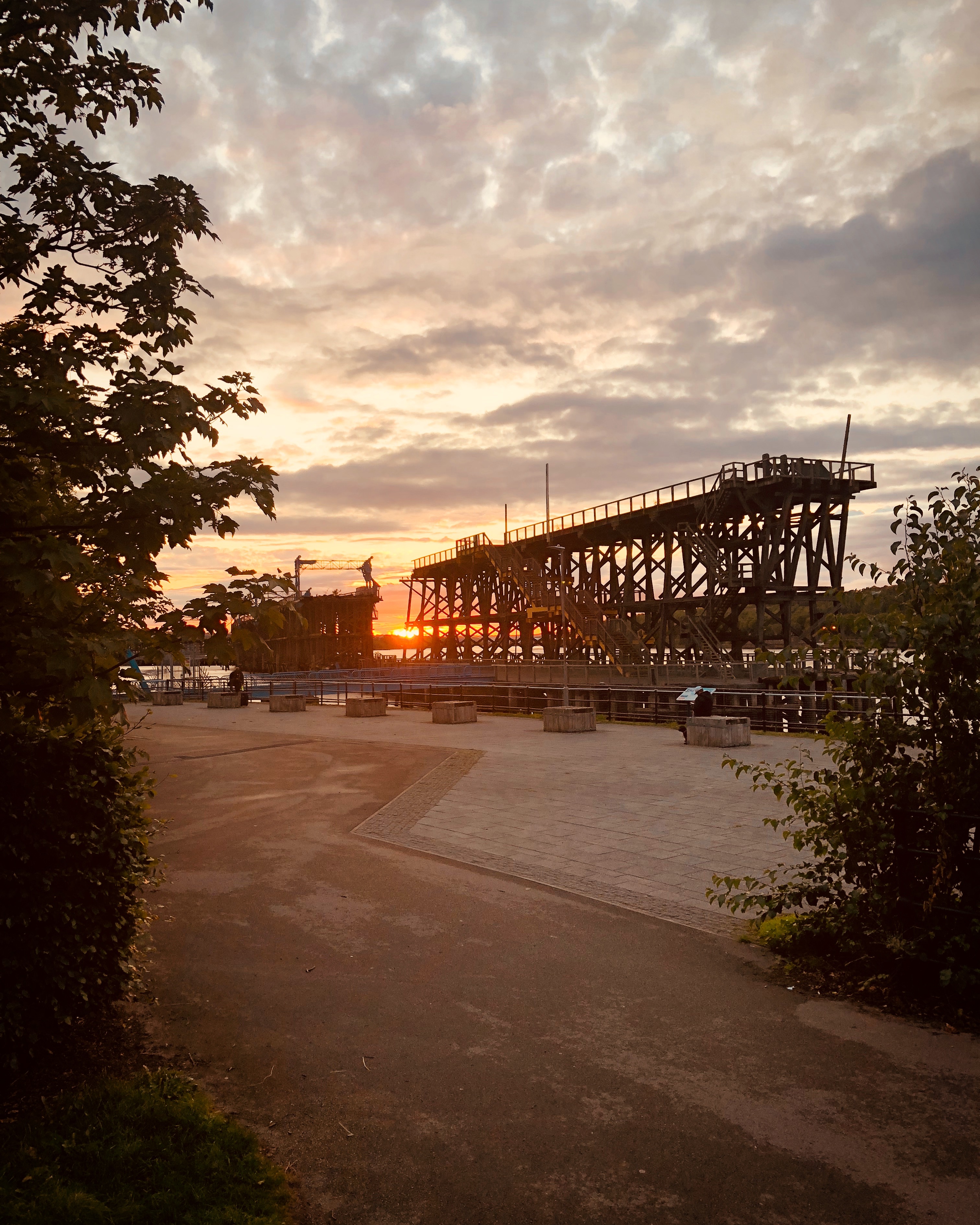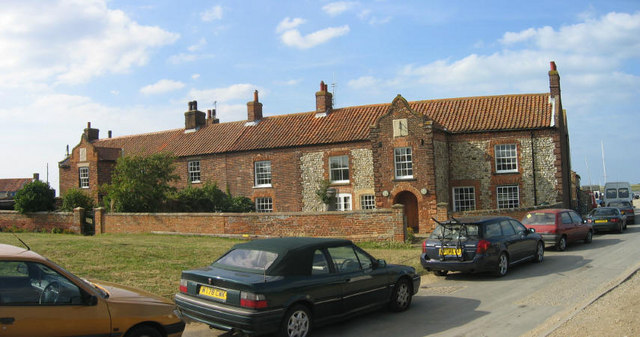|
Quay
A wharf, quay (, also ), staith, or staithe is a structure on the shore of a harbour or on the bank of a river or canal where ships may dock to load and unload cargo or passengers. Such a structure includes one or more berths (mooring locations), and may also include piers, warehouses, or other facilities necessary for handling the ships. Wharves are often considered to be a series of docks at which boats are stationed. Overview A wharf commonly comprises a fixed platform, often on pilings. Commercial ports may have warehouses that serve as interim storage: where it is sufficient a single wharf with a single berth constructed along the land adjacent to the water is normally used; where there is a need for more capacity multiple wharves, or perhaps a single large wharf with multiple berths, will instead be constructed, sometimes projecting over the water. A pier, raised over the water rather than within it, is commonly used for cases where the weight or volume of cargos will be ... [...More Info...] [...Related Items...] OR: [Wikipedia] [Google] [Baidu] |
Pier
image:Brighton Pier, Brighton, East Sussex, England-2Oct2011 (1).jpg, Seaside pleasure pier in Brighton, England. The first seaside piers were built in England in the early 19th century. A pier is a raised structure that rises above a body of water and usually juts out from its shore, typically supported by piling, piles or column, pillars, and provides above-water access to offshore areas. Frequent pier uses include fishing, boat docking and access for both passengers and cargo, and oceanside recreation. Bridges, buildings, and walkways may all be supported by Pier (architecture), architectural piers. Their open structure allows tides and currents to flow relatively unhindered, whereas the more solid foundations of a quay or the closely spaced piles of a wharf can act as a Breakwater (structure), breakwater, and are consequently more liable to silting. Piers can range in size and complexity from a simple lightweight wooden structure to major structures extended over . In Amer ... [...More Info...] [...Related Items...] OR: [Wikipedia] [Google] [Baidu] |
Mooring (watercraft)
A mooring is any permanent structure to which a vessel may be secured. Examples include quays, wharfs, jetties, piers, anchor buoys, and mooring buoys. A ship is secured to a mooring to forestall free movement of the ship on the water. An ''anchor mooring'' fixes a vessel's position relative to a point on the bottom of a waterway without connecting the vessel to shore. As a verb, ''mooring'' refers to the act of attaching a vessel to a mooring. The term likely stems from the Dutch verb ''meren'' (to ''moor''), used in English since the end of the 15th century. Permanent anchor mooring These moorings are used instead of temporary anchors because they have considerably more holding power, for example because of lesser damage to the marine environment, and are convenient. Where there is a row of moorings they are termed a tier. They are also occasionally used to hold floating docks in place. There are several kinds of moorings: Swing moorings Swing moorings also known a ... [...More Info...] [...Related Items...] OR: [Wikipedia] [Google] [Baidu] |
Berth (moorings)
A berth is a designated location in a port or harbour used for mooring vessels when they are not at sea. Berths provide a vertical front which allows safe and secure mooring that can then facilitate the unloading or loading of cargo or people from vessels. Locations in a port Berth is the term used in ports and harbors for a designated location where a vessel may be moored, usually for the purposes of loading and unloading. Berths are designated by the management of a facility (e.g., port authority, harbor master). Vessels are assigned to berths by these authorities. Most berths are alongside a quay or a jetty (large ports) or a floating dock (small harbors and marinas). Berths are either general or specific to the types of vessel that use them. The size of the berths varies from for a small boat in a marina to over for the largest tankers. The rule of thumb is that the length of a berth should be roughly 10% longer than the longest vessel to be moored at the berth. Ber ... [...More Info...] [...Related Items...] OR: [Wikipedia] [Google] [Baidu] |
Berth (moorings)
A berth is a designated location in a port or harbour used for mooring vessels when they are not at sea. Berths provide a vertical front which allows safe and secure mooring that can then facilitate the unloading or loading of cargo or people from vessels. Locations in a port Berth is the term used in ports and harbors for a designated location where a vessel may be moored, usually for the purposes of loading and unloading. Berths are designated by the management of a facility (e.g., port authority, harbor master). Vessels are assigned to berths by these authorities. Most berths are alongside a quay or a jetty (large ports) or a floating dock (small harbors and marinas). Berths are either general or specific to the types of vessel that use them. The size of the berths varies from for a small boat in a marina to over for the largest tankers. The rule of thumb is that the length of a berth should be roughly 10% longer than the longest vessel to be moored at the berth. Ber ... [...More Info...] [...Related Items...] OR: [Wikipedia] [Google] [Baidu] |
Jetty
A jetty is a structure that projects from land out into water. A jetty may serve as a breakwater, as a walkway, or both; or, in pairs, as a means of constricting a channel. The term derives from the French word ', "thrown", signifying something thrown out. For regulating rivers Another form of jetties, wing dams are extended out, opposite one another, ''from each bank of a river'', at intervals, to contract a wide channel, and by concentration of the current to produce a deepening. At the outlet of tideless rivers Jetties have been constructed on each side of the outlet river of some of the rivers flowing into the Baltic, with the objective of prolonging the scour of the river and protecting the channel from being shoaled by the littoral drift along the shore. Another application of parallel jetties is in lowering the bar in front of one of the mouths of a deltaic river flowing into a tide — a virtual prolongation of its less sea, by extending the scour of the rive ... [...More Info...] [...Related Items...] OR: [Wikipedia] [Google] [Baidu] |
Port Of London
The Port of London is that part of the River Thames in England lying between Teddington Lock and the defined boundary (since 1968, a line drawn from Foulness Point in Essex via Gunfleet Old Lighthouse to Warden Point in Kent) with the North Sea and including any associated docks. Once the largest port in the world, it was the United Kingdom's largest port as of 2020.New data appended annually. Usage is largely governed by the Port of London Authority ("PLA"), a public trust established in 1908; while mainly responsible for coordination and enforcement of activities it also has some minor operations of its own. The port can handle cruise liners, roll-on roll-off ferries and cargo of all types at the larger facilities in its eastern extent. As with many similar historic European ports, such as Antwerp and Rotterdam, many activities have steadily moved downstream towards the open sea as ships have grown larger and the land upriver taken over for other uses. History The Port of ... [...More Info...] [...Related Items...] OR: [Wikipedia] [Google] [Baidu] |
Gateshead
Gateshead () is a large town in northern England. It is on the River Tyne's southern bank, opposite Newcastle upon Tyne, Newcastle to which it is joined by seven bridges. The town contains the Gateshead Millennium Bridge, Millennium Bridge, Sage Gateshead, The Sage, and the Baltic Centre for Contemporary Art, and has on its outskirts the twenty metre tall Angel of the North sculpture. Historic counties of England, Historically part of County Durham, under the Local Government Act 1888 the town was made a county borough, meaning it was administered independently of the county council. Since 1974, the town has been administered as part of the Metropolitan Borough of Gateshead within Tyne and Wear. In the 2011 Census, town had a population 120,046 while the wider borough had 200,214. Toponymy Gateshead is first mentioned in Latin translation in Bede, Bede's ''Ecclesiastical History of the English People'' as ''ad caput caprae'' ("at the goat's head"). This interpretation is consis ... [...More Info...] [...Related Items...] OR: [Wikipedia] [Google] [Baidu] |
Danelaw
The Danelaw (, also known as the Danelagh; ang, Dena lagu; da, Danelagen) was the part of England in which the laws of the Danes held sway and dominated those of the Anglo-Saxons. The Danelaw contrasts with the West Saxon law and the Mercian law. The term is first recorded in the early 11th century as ''Dena lage''. The areas that constituted the Danelaw lie in northern and eastern England, long occupied by Danes and other Norsemen. The Danelaw originated from the invasion of the Great Heathen Army into England in the 9th century, although the term was not used to describe a geographic area until the 11th century. With the increase in population and productivity in Scandinavia, Viking warriors, having sought treasure and glory in the nearby British Isles, "proceeded to plough and support themselves", in the words of the ''Anglo-Saxon Chronicle'' for the year 876. Danelaw can describe the set of legal terms and definitions created in the treaties between Alfred the Great, th ... [...More Info...] [...Related Items...] OR: [Wikipedia] [Google] [Baidu] |
Coal Staith
The Keelmen of Tyne and Wear were a group of men who worked on the keels, large boats that carried the coal from the banks of both rivers to the waiting collier ships. Because of the shallowness of both rivers, it was difficult for ships of any significant draught to move up river and load with coal from the place where the coal reached the riverside. Thus the need for shallow-draught keels to transport the coal to the waiting ships. The keelmen formed a close-knit and colourful community on both rivers until their eventual demise late in the nineteenth century. Beginnings of the coal trade Coal began to be exported from the River Tyne from the mid-thirteenth century onwards. The first recorded shipment of coal from the River Wear was in 1396. The pits from which coal was then exported were near the riverside so that as little effort as possible was required to load it. The coal was carried to London and elsewhere in colliers; small wooden sailing ships that sailed down the east ... [...More Info...] [...Related Items...] OR: [Wikipedia] [Google] [Baidu] |
Dunston, Tyne And Wear
Dunston is a western area of the town of Gateshead on the south bank of the River Tyne, in the Metropolitan Borough of Gateshead, North East England (into which it was absorbed in 1974). Dunston had a population of 18,326 at the 2011 Census. History It has been speculated that Dunston started its existence as a farm or estate of a man named Dunn. Historically part of County Durham, Dunston was first mentioned in 1328. Salmon fishing and farming were important industries in Dunston from at least the 14th century. Coal mining on a small-scale was also important but by the 17th century, the proximity of the river aided the development of large-scale coal mining in the village. During the Great Tyne Flood of 1771 villagers had to be rescued by boat from the roofs and upper stories of their houses. Area Dunston is served by Dunston railway station on the Tyne Valley Line. Dunston is split into two areas separated by the A1 dual carriageway. Much of the area south of the ... [...More Info...] [...Related Items...] OR: [Wikipedia] [Google] [Baidu] |
Brancaster Staithe
Brancaster Staithe is a village on the north coast of the English county of Norfolk. Brancaster Staithe merges with Burnham Deepdale, forming one village. Brancaster Staithe is in the civil parish of Brancaster, together with Burnham Deepdale and Brancaster itself. The three villages form a more or less continuous settlement along the A149 at the edge of the Brancaster Manor marshland and the Scolt Head Island National Nature Reserve. Brancaster Staithe merges into Burnham Deepdale. Although separate villages, the two act as one, sharing facilities. Brancaster Staithe has the main harbour access, sailing club, sailing school, The White Horse pub & hotel and The Jolly Sailors pub. Burnham Deepdale has the church, St Mary's, and the majority of the shopping, Deepdale Cafe, Dalegate Market and the tourism accommodation facilities of Deepdale Backpackers & Camping. Both villages offer accommodation in holiday cottages, hostels, camping, hotels and bed & breakfasts. Village life ... [...More Info...] [...Related Items...] OR: [Wikipedia] [Google] [Baidu] |
Houston Ship Channel Barbours Cut
Houston (; ) is the most populous city in Texas, the most populous city in the Southern United States, the fourth-most populous city in the United States, and the sixth-most populous city in North America, with a population of 2,304,580 in 2020. Located in Southeast Texas near Galveston Bay and the Gulf of Mexico, it is the seat and largest city of Harris County and the principal city of the Greater Houston metropolitan area, which is the fifth-most populous metropolitan statistical area in the United States and the second-most populous in Texas after Dallas–Fort Worth. Houston is the southeast anchor of the greater megaregion known as the Texas Triangle. Comprising a land area of , Houston is the ninth-most expansive city in the United States (including consolidated city-counties). It is the largest city in the United States by total area whose government is not consolidated with a county, parish, or borough. Though primarily in Harris County, small portions of the c ... [...More Info...] [...Related Items...] OR: [Wikipedia] [Google] [Baidu] |





.jpg)





